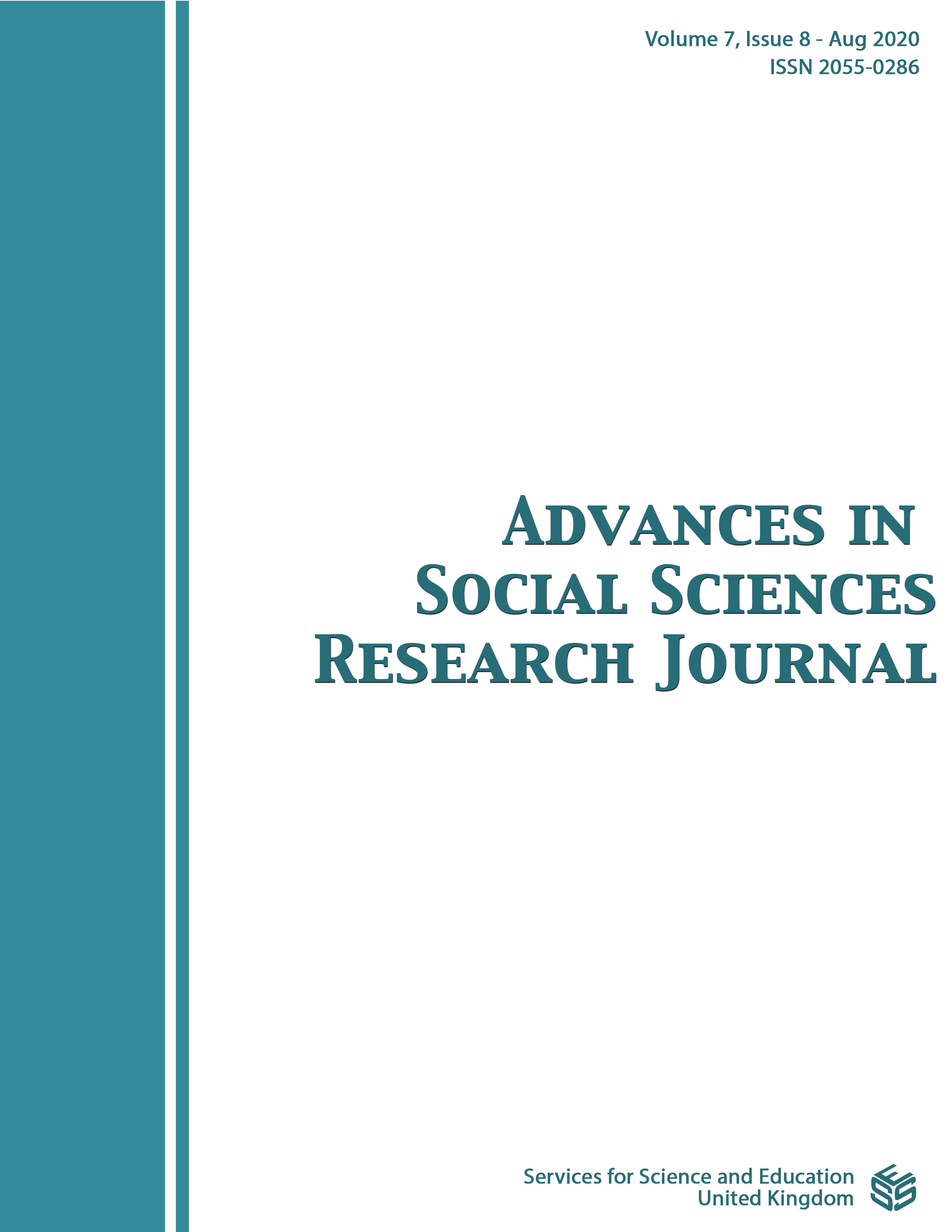Exploring The Differences And Similarities Between International Baccalaureate Education And Japanese High School Education
DOI:
https://doi.org/10.14738/assrj.78.8815Keywords:
International Baccalaureate, Japanese High School Education, Super Global High Schools, IB learner Profile, Japanese Higher Education, International Mindedness, Globalization, Cultural BackgroundsAbstract
The number of International Baccalaureate (IB) students applying to Japanese Universities is on the rise. Okayama University is a Super Global National University (SGU) in Western Japan, which started IB admissions in 2012, and presently hosts 63 IB students including 11 graduates, in 11 faculties and 1 special program. Since the IB journey began in 2012, Okayama University has taken multiple approaches to become IB friendly. Through continuous follow up of enrolled IB students regarding academic and campus life, and regular feedback from faculty members regarding IB student performances and characteristics, Okayama University has discovered some basic differences between the educational approaches of IB accredited schools and Japanese High Schools (JHS). In order to further explore this observation, a two-phase research study was carried out. Between June 2018 and August 2019, the two surveys wer carried out. In Phase-1, University faculty, familiar with IB education, visited IB schools in Japan and JHS, to observe lessons and interview teachers about their respective methods of education. In phase-2, the same faculty members carried out an email survey followed by one-on-one interviews of 10 Super Global High Schools (SGH) teachers in Japan, regarding the similarities and differences in characteristics of their students, based on the Japanese version of the IB learner profile. This chapter reports and summarizes results of this two-phase study and perspectives gained from various first-hand observations.
Downloads
Published
How to Cite
Issue
Section
License
Authors wishing to include figures, tables, or text passages that have already been published elsewhere are required to obtain permission from the copyright owner(s) for both the print and online format and to include evidence that such permission has been granted when submitting their papers. Any material received without such evidence will be assumed to originate from the authors.






